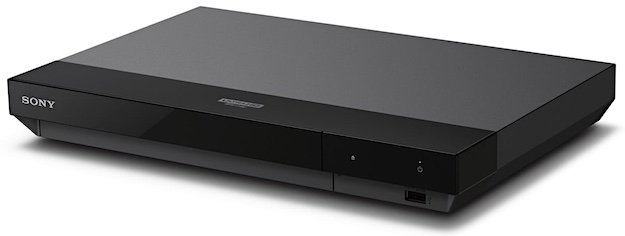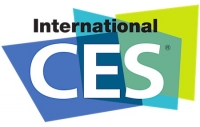Also on a related note, Panasonic has unveiled their new flagship 4K player, the DP-UB820, which supports both Dolby Vision and HDR10+. The rest of their new 4K player line-up, the UB420, UB330, and UB320, supports HDR10+ but not Dolby Vision.

The DP-UB820 includes an HDR Optimizer feature that improves the appearance of HDR on TVs that lack the ability to show the brightest imagery. It also includes HDR to SDR conversion for those with 4K TVs that don’t support HDR. The UB820 also includes 7.1 channel analog out, twin HDMI outputs, and support for high resolution audio (DSD, ALAC, FLAC, WAV, and AIFF). It can also sync with Google Assistant and Amazon Alexa, and it offers streaming video via Netflix, YouTube, and Amazon.
Here’s what the UB820 and UB420 look like…


In addition, Panasonic has unveiled new 4K OLED displays with HDR10+ support, including the FZ800 (55”) and FZ950 (65”).
Meanwhile, Sony has just announced its new UBP-X700 4K Ultra HD Blu-ray player, which now includes support for Dolby Vision HDR and HDR10 (but not HDR10+, though that might be rectified by a firmware update). It has built-in WiFi for streaming content via Netflix, Hulu, etc and it also decodes DSD, FLAC and other lossless audio formats.
Here’s what the X700 looks like…

Also today, Samsung has revealed two of its latest display tech innovations, the MicroLED “Wall” display and the 8K Q9S. The Wall is a large bezel-free display technology composed of modules that feature micrometer-scale LEDs that can be configured into a giant 146-diagonal 4K display. This would be practical more for installations and business use. But they also have the new Q9S, which is an 85-inch easel-style 8K display, though there’s no 8K content available. Consider this more of a technology demonstration for the future.
Back on the subject of HDR again, there are those who worry about an HDR format wars. Here’s the thing, from our perspective: That’s really the wrong way to look at this. HDR10, HDR10+ and Dolby Vision is no more a format war than the various DTS and Dolby sound formats amount to an audio war. They’re just going to co-exist. The smartest thing you can do is to find players and displays that support all of them, or at least your particular favorite. What we’ll be curious to see is whether or not hardware manufacturers can add HDR10+ support to existing hardware via a firmware update. Or does it require built-in hardware support like Dolby Vision? Time will tell.
Back with more CES news as it comes in. I’m also working on a review of Warner’s Blade Runner 2049 in 4K Ultra HD which I hope to post by tonight, so be sure to watch for that.
Stay tuned…
- Bill Hunt
(You can follow Bill on social media at these links: Twitter and Facebook)





